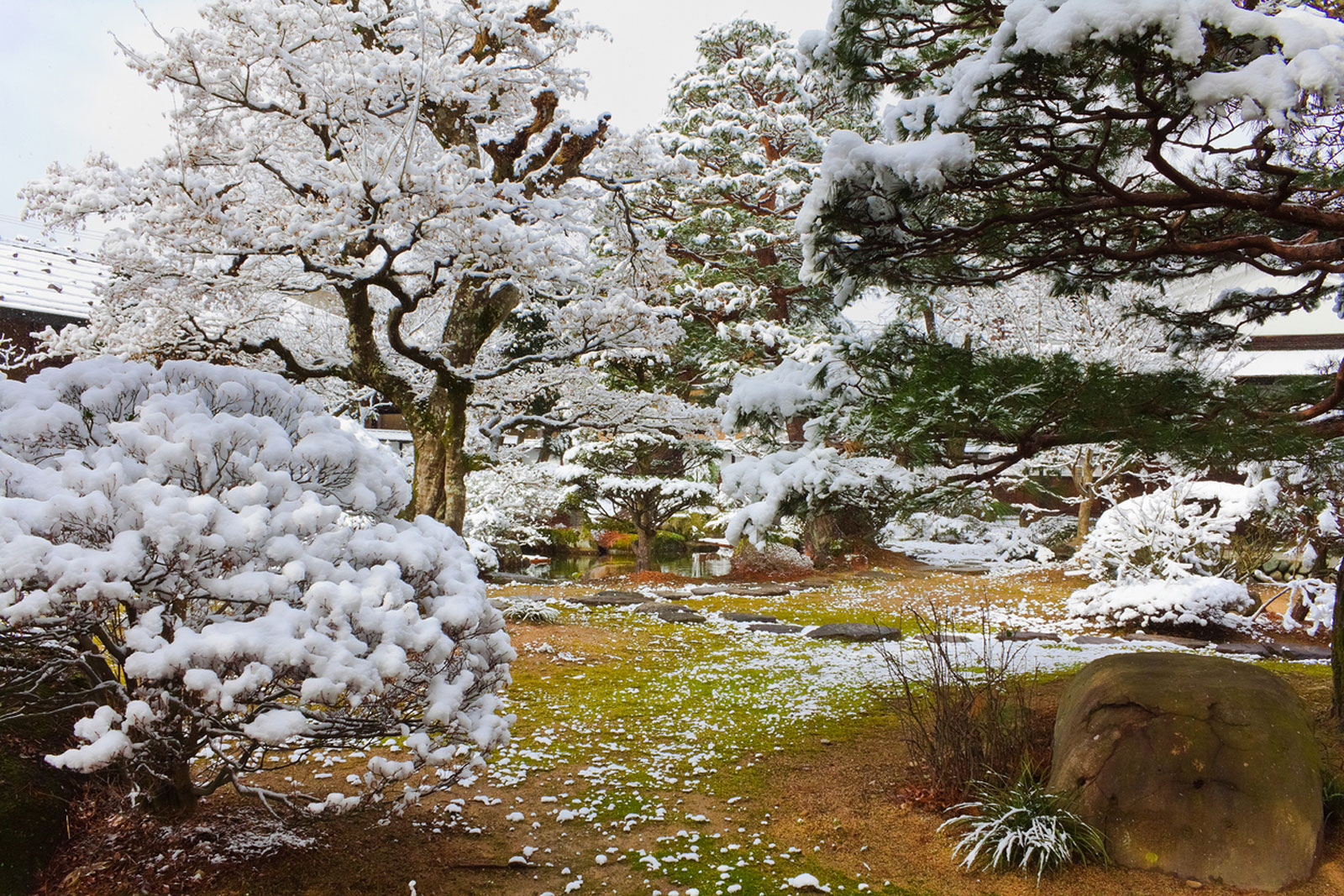
Most of the time when we think of designing a garden, we think of the colors of the flowers, texture of the foliage and the dimensions of the garden itself. When we design our gardens, we think of the garden in terms of the beauty it shows in the spring and summer and maybe in the autumn. Most of us give very little thought to designing our gardens for winter interest. Designing a winter garden within the bones of our warm weather gardens means that we can enjoy our gardens year round.
Gardening for Winter Interest
Many gardeners neglect thinking about winter interest simply because their perception of the garden in winter is that it is dead. This is actually as far from the truth as it could possibly be. As a matter of fact, your garden in the winter is merely sleeping.
Like a sleeping child, the winter interest garden can be one that brings about feeling of peace and beauty. With a little planning and time, your garden can become something that is pleasing to look at 365 days a year.
Designing a Winter Garden
Most of your winter interest in the garden comes from the architecture of the garden. This does not mean you need to build buildings in your garden, but you do need to think about the underlying structure of your garden. The structure of plants includes the stems, branches and their winter shapes. The rest of your winter interest will come from the muted colors of seed heads, berries and evergreens.
One easy piece of structure you can add to your winter garden design is ornamental grasses. In the summer, ornamental grasses add sweeping background to your other plants in your garden. In the winter, these same grasses can take center stage. Their cream colored stalks and frothy seed heads will remind an onlooker of fountains rising up into the air of the winter interest garden.
Hydrangeas are another great source of winter interest. While some people choose to cut back a dormant hydrangea, leave yours intact, flowers and all. The faded flowers of a hydrangea look like oversize snowflakes, especially when covered with a sparkling frost.
Most of the winter garden’s brighter colors come from the berries of plants. Hollies, barberry, firethorn, and other winter-fruiting plants will add unexpected splashes of reds and oranges in your winter garden design.
Don’t forget, too, that seed heads or pods can add some fun and interest to your winter garden. Purple coneflower, sunflowers and sedum can polka dot the structure of the winter garden.
Also keep in mind when designing a winter garden, both berries and seed heads attract an element to the winter interest garden that is very important. Birds! No winter landscape would be complete without the red flash of the male cardinal or a flutter of a blue jay’s wing. Planting flowers and plants that produces seed heads and berries and, more importantly, leaving these things in your winter garden, will help feed you feathered friends throughout the cold winter months. Adding birdfeeders will help too.
Trees for Winter Interest in the Garden
Trees are also an excellent source of winter interest in gardens. The branches rising up dark and crisp against either an icy blue or grayish white sky can look like black ink paintings. In Japan, this type of structure in a tree was as important as the leaves or flowers the tree produced during warmer months.
The bark of a tree can also create some excitement in a winter garden. Try planting trees such as the Paperbark maple or a Birch tree with bark the peels to produce a colorful collage on their trunks.
And, of course, when speaking of trees in a winter garden, you can not leave out the evergreen trees, such as pines and cedars, when considering a winter garden design. There are literally hundreds of species and varieties to choose from with stunning architectural elements that look like columns, pyramids and frost on a winter window pane. These conifers can dominate your winter garden and then melt back into the background when the warm weather returns.
So now that you know a little more about how to add winter interest to your garden, I hope that you will look at the winter landscape in your yard with a different eye. Gardening for winter interest is fun. While your garden is sleeping, you can still enjoy the beauty of the world around.

